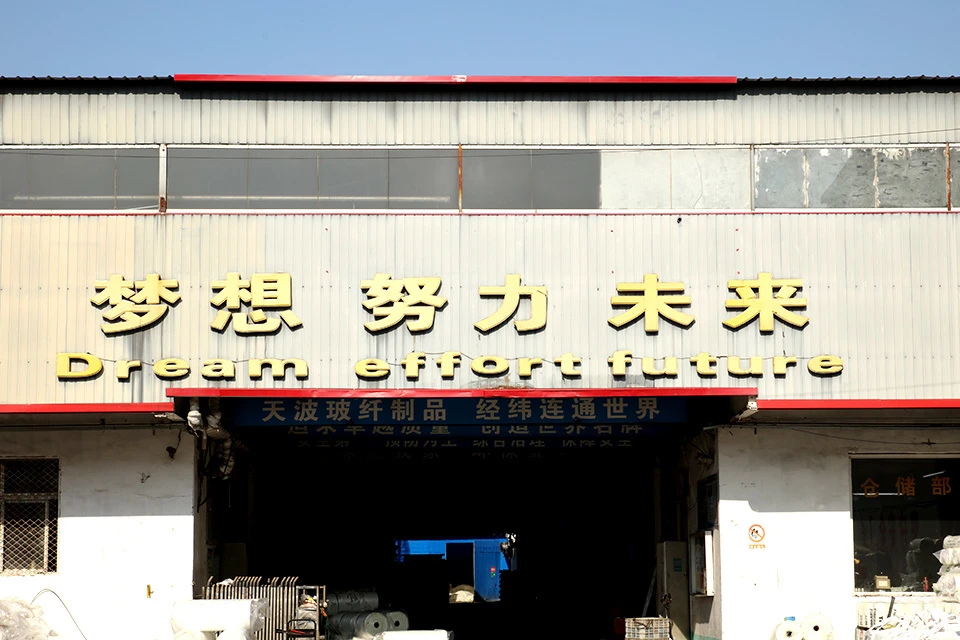
- Afrikaans
- Arabic
- Belarusian
- Bengali
- Czech
- Danish
- Dutch
- English
- Esperanto
- Estonian
- Finnish
- French
- German
- Greek
- Hindi
- Hungarian
- Icelandic
- Indonesian
- irish
- Italian
- Japanese
- kazakh
- Rwandese
- Korean
- Kyrgyz
- Lao
- Latin
- Latvian
- Malay
- Mongolian
- Myanmar
- Norwegian
- Persian
- Polish
- Portuguese
- Romanian
- Russian
- Serbian
- Spanish
- Swedish
- Tagalog
- Tajik
- Thai
- Turkish
- Turkmen
- Ukrainian
- Urdu
- Uighur
- Uzbek
- Vietnamese
Exploring the Best Turf Grass Options for Baseball Fields and Their Benefits
Nov . 10, 2024 18:41 Back to list
The Evolution and Importance of Baseball Turf Grass
Baseball has long been considered America’s pastime, a sport steeped in tradition and culture. For many fans, the experience of attending a game is inextricably linked to the sights, sounds, and smells of the ballpark. One of the most crucial elements of any baseball field is the turf grass that covers it. This article explores the evolution, importance, and management of baseball turf grass, shedding light on its role in the game.
The History of Baseball Turf Grass
Baseball fields have evolved significantly since the sport's inception in the 19th century. Initially, natural grass was the norm; however, as the game became more popular, the demand for higher-quality playing surfaces grew. Early baseball fields often faced issues such as muddy conditions, uneven surfaces, and heavy wear due to the number of games played on them. Consequently, the search for durable and resilient turf became imperative.
In the 1960s, the introduction of artificial turf ushered in a new era in baseball. The first notable installation was at the Astrodome in Houston, Texas, which was set to host the Houston Astros. While artificial turf had its advantages—such as reduced maintenance and uniform playing conditions—it also presented challenges. Players often faced concerns regarding injuries related to harder surfaces, and the aesthetic quality of the game was sometimes criticized.
Natural Turf Grass Options
Today, many professional baseball fields have returned to natural grass, recognizing the benefits it offers for player safety and game quality. The most commonly used types of grass for baseball fields include Kentucky bluegrass, bermudagrass, and ryegrass. Each of these varieties has its unique advantages, making them suitable for different climates and usage scenarios.
Kentucky Bluegrass is favored in cooler climates due to its lush appearance and durability. It establishes deep roots and provides excellent recovery after high-traffic usage. This quality is particularly important in areas that experience harsh winters and must endure the rigors of both professional play and everyday use.
Bermudagrass is another popular choice, especially in warmer regions. It thrives in sunny environments and establishes a dense, resilient turf that can withstand heavy wear. Its ability to recover quickly from damage, along with its resistance to pests and diseases, make it an attractive option for fields that host multiple games.
baseball turf grass

Ryegrass, often used as a transitional grass, is frequently overseeded on Bermudagrass fields during cooler months to provide a green playing surface. This grass is known for its rapid germination and growth, which helps maintain a consistent appearance on the field, even during the off-season.
Importance of Quality Turf Grass
The quality of turf grass is essential for several reasons. Firstly, a well-maintained field can directly impact the performance of the players. High-quality turf provides a more consistent and reliable surface, reducing the risk of injury from uneven or slick areas. For instance, unexpected slips or turns on poorly maintained grass can lead to sprains, strains, or worse, affecting players' careers.
Furthermore, the aesthetic appeal of a well-kept field contributes significantly to the overall fan experience. A vibrant, healthy turf enhances the visual enjoyment of the game and reflects the organization's commitment to maintaining high standards. This aspect is particularly important for attracting attendance and creating a welcoming environment for fans.
Maintenance Practices
Maintaining a quality baseball field requires constant attention and a thorough understanding of turf management practices. Key considerations include mowing, irrigation, aeration, and fertilization. Regular mowing keeps the grass at an optimal height for both aesthetic and functional purposes. Irrigation practices ensure the grass receives proper hydration, particularly during dry spells.
Aeration is another critical practice that involves perforating the soil to allow air, water, and nutrients to penetrate deep into the root system. This process boosts the overall health of the grass, promoting robust growth and resilience. Fertilization, when done correctly, promotes a lush and vibrant playing surface, enhancing the overall quality of the turf grass.
Conclusion
Baseball turf grass may seem like a minor detail in the grand scheme of the game, but its impact is profound. From affecting player performance to enhancing fan experience, the importance of quality turf grass is undeniable. As technology and best practices in turf management continue to evolve, the future of baseball fields looks promising, ensuring that the love of the game can thrive on a beautiful, well-maintained surface for generations to come.
-
The Benefits of Artificial Turf for Indoors
NewsJul.15,2025
-
How Artificial Grass Suppliers Ensure Quality Products
NewsJul.15,2025
-
Artificial Grass and Pets: A Space for Relaxation
NewsJul.08,2025
-
Balcony & Outdoor Decoration with Artificial Grass
NewsJul.08,2025
-
Best Indoor Artificial Grass for Home
NewsJul.07,2025
-
Best Pet Turf for Dogs: Safe & Durable Artificial Grass Options
NewsJul.07,2025
Products categories









